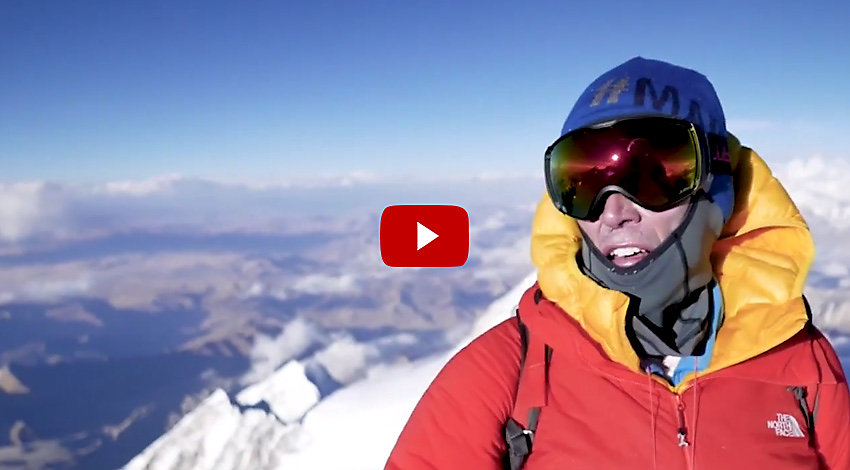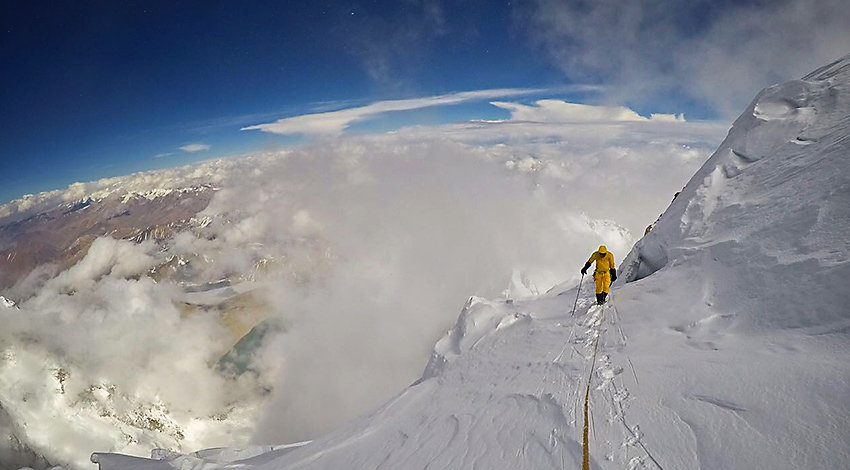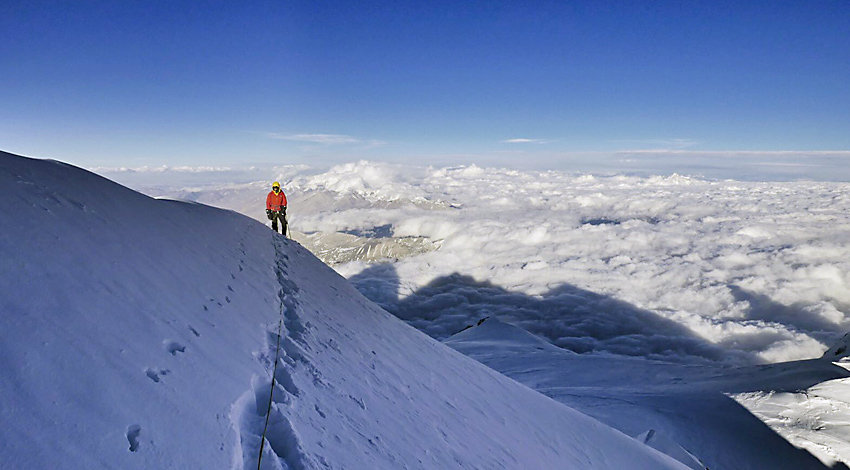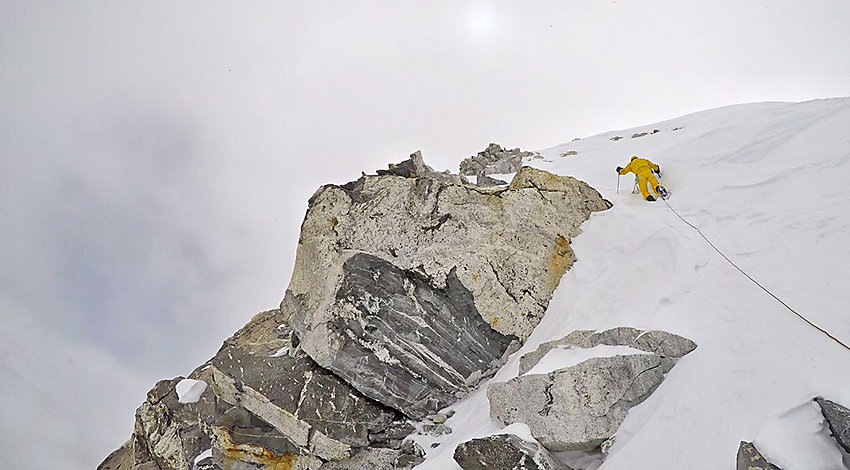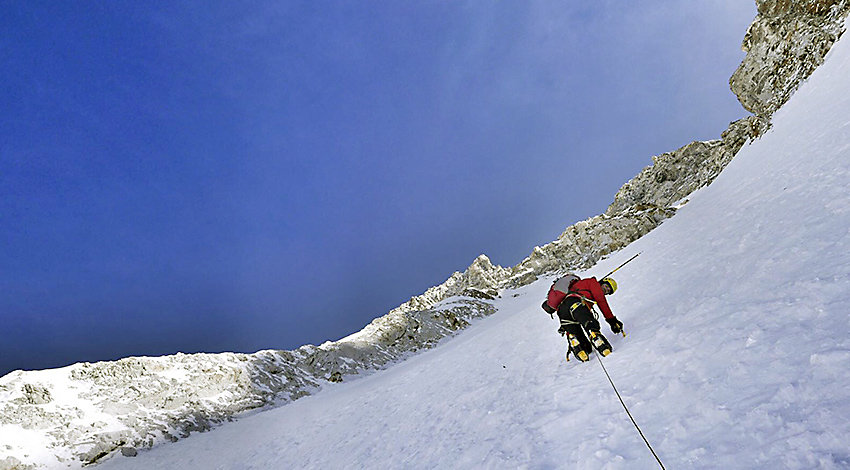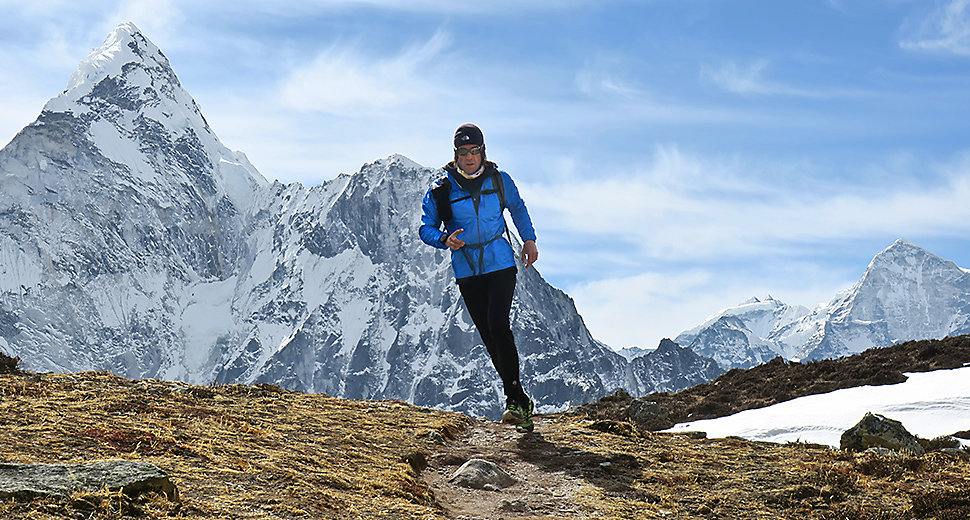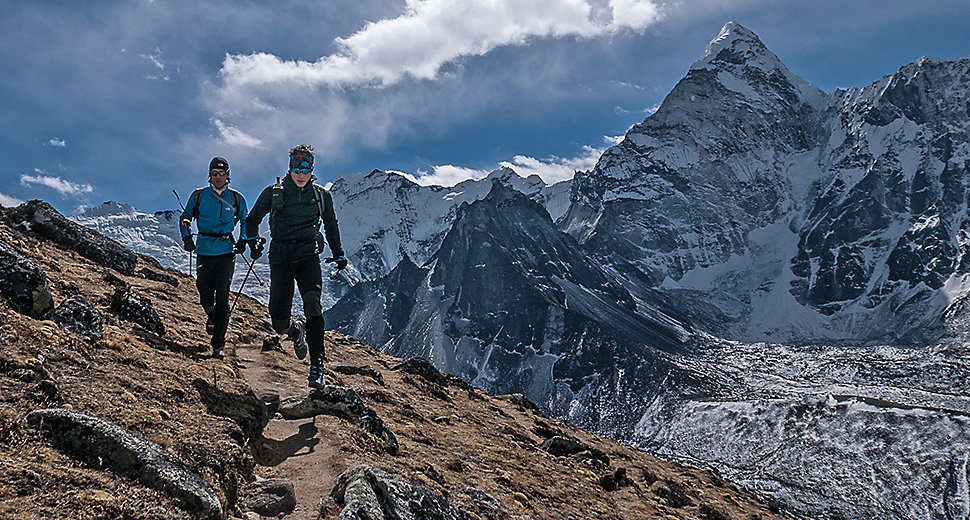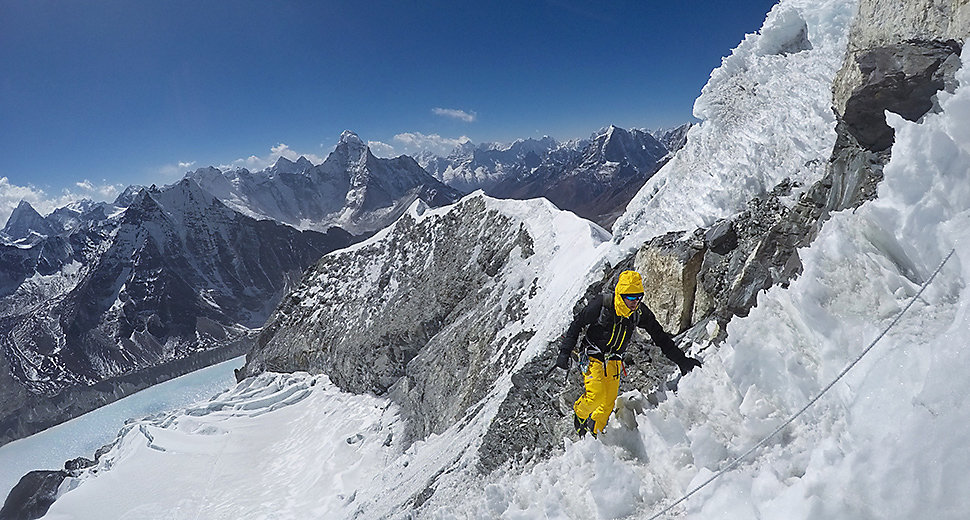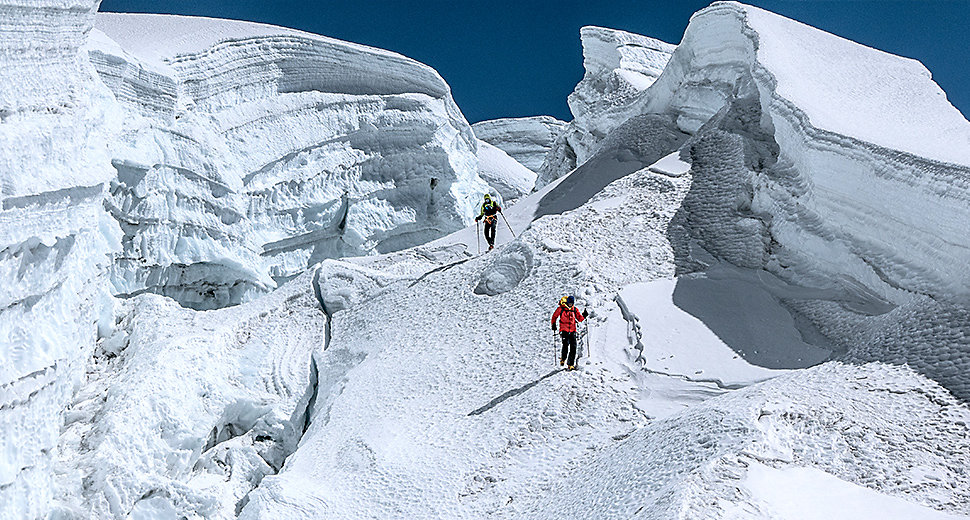HERVÉ BARMASSE & DAVID GÖTTLER
THE
SHISHAPANGMA
SOUTH FACE
EXPEDITION
ATTEMPTING OF AN UNCLIMBED
ROUTE
IN 2017 HERVÉ AND DAVID ATTEMPTED A NEW ROUTE ON THE SOUTH SIDE
OF ONE OF THE HIGHEST PEAKS IN THE WORLD. THIS IS THE STORY.
Shishapangma in Tibet is one of the very few places in the world where true exploration is still possible. Hervé and David faced isolation and severe conditions, defying the death zone in order to show that impossible doesn’t exist. This is a behind-the-scenes look at the journey to the summit through training and acclimatisation to the challenge itself.
THE ACHIEVEMENT
A 13-HOUR SPRINT UP THE SOUTH FACE OF SHISHAPANGMA
After waiting five weeks at base camp a small weather window opened up on Sunday, May 21st 2017. Hervé and David decided to take it and climb the Girona Route in pure alpine style. This means no supplementary oxygen, no fixed ropes and no pre-installed camps. Just Hervé and David. Starting in the dark at 4.45am at 5,900m they raced up to 8,024m, covering more than 2,000m at high altitude in just 13 hours. Due to avalanche risk, they were forced to stop just shy of the summit, but the team had already accomplished something truly remarkable. “There were no other people on the peak, which makes you feel quite humble and exposed in a good way,” said Hervé and David. “We managed to climb from 5,900m all the way up to 8,024m in a single push. Even though we were just a few meters from the summit, to proceed fast and light on such a huge section of Shishapangma is a very satisfying and rewarding feeling.” And by fast and light, this is what they mean. Between the two of them they had the following: one tent, one sleeping bag (for both of them), a 500g gas stove, one pot, four energy gels, four energy bars, some chocolate, five herbal teas, two ice screws each, two ice axes, 25 metres of rope, six carabiners...and nothing else.
-
Shishapangma 2017, David Göttler
-
Shishapangma 2017, Hervé barmasse
-
Shishapangma 2017, David Göttler
-
Shishapangma 2017, Hervé barmasse
THE TEAM
HERVÉ BARMASSE
After climbing the Matterhorn as a child, he devoted his life to mountaineering and global adventures. He has never stopped since then.
DAVID GÖTTLER
With five out of the 14 8,000m peaks already under his belt, he feels more alive where the air is thin and ice reigns undisputed.
HERVÉ BARMASSE
After climbing the Matterhorn as a child, he devoted his life to mountaineering and global adventures. He has never stopped since then.
DAVID GÖTTLER
With 5 out of the 14 different 8000s peaks already under his belt, he still feels more alive where the air is thin and the ice reigns undisputed.
WHY SHISHAPANGMA?
HERVÉ
“Isolation is hard to find nowadays on the normal route up to the Everest, where you queue behind hundreds of people and wait for your turn to take a photo on the summit. On Shishapangma it'll be just David and me”
DAVID
“As opposed to other eight-thousanders, Shishapangma will be a different kind of adventure: no paths to follow, no people behind or in front of you. Nothing but solitude.”
HOW DO YOU CHOOSE YOUR
HERVÉ
“Choosing a partner isn't just about choice, but more about feeling. As David has a lot of experience on the highest mountains on Earth, he definitely is an asset. On top of that, he pays a lot of attention to detail.”
DAVID
“Choosing the right partner is a matter of finding someone who matches you at technical and physical level, but also a person you can relate to on a more personal level. After all, climbing partners will be living in each other’s pockets for 6-8 weeks.”
WHAT IS YOUR APPROACH TO MOUNTAIN
HERVÉ
“Impossible doesn't exist. Our dreams, our desires, are the result of the commitment, the time and the hard work we put into them. It’s the challenge, the attempt to go beyond the limits and test your own courage that matters most to me.”
DAVID
“Everybody has a passion. Mine is climbing beautiful mountains. Expeditions can be hard in terms of how much time, effort and energy is required. Reaching the summit pays off for the hard work spent to improve physical performances and climbing styles.”
PREPARATION PHASE 1 2 3
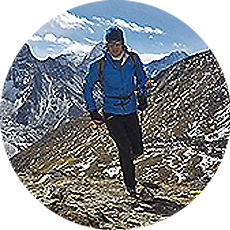
07 - 27.02.2017
Kumbu, Nepal
PRE-ACCLIMATISATION

27.02 - 09.04.2017
Europe, Alps
TRAINING
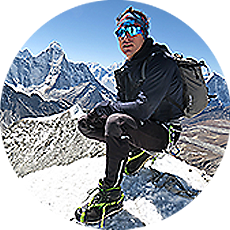
10 - 24.04.2017
Kumbu, Nepal
ACCLIMATISATION
EXPEDITION
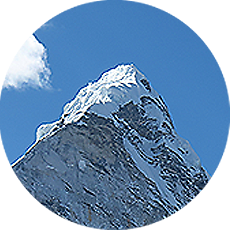
24.04 - 08.06.2017
Tibet, China
SHISHAPANGMA EXPEDITION
TRAINING FOR AN 8000M ASCENT
For this expedition the team has trained for months, splitting the workout routines between the Alps and Nepal. This winter they spent 2 weeks at a training camp in the Khumbu area in Nepal. They lived at 4700m and brought their workouts, including trail running and fast mountaineering, up to 6100m. They then moved to the Alps to focus on endurance and strength, before heading back to Nepal for acclimatisation and to attempt the summit push. The challenge now, according to David, is to bring the training routines to “real altitude”.
-
Hervé takes advantage of a sunny day to improve endurance.
-
Training partners in action. Hervé and David are out for some speed hiking.
-
Always check the terrain conditions. David is testing the ice while climbing fully equipped.
-
Alone, together. Hervé and David experience the quietness of the iced surroundings.
THE TRAINING GOAL
Hervé Barmasse and David Göttler are training to carry their 25kg backpack of equipment.
During their training they eat around 5000 calories which is twice the recommended daily amount.
OF CARRIED WEIGHT
EQUIVALENT TO:

4
BOWLING
BALLS
OF BURNT ENERGY
EQUIVALENT TO:

350
BANANAS
LOCATION
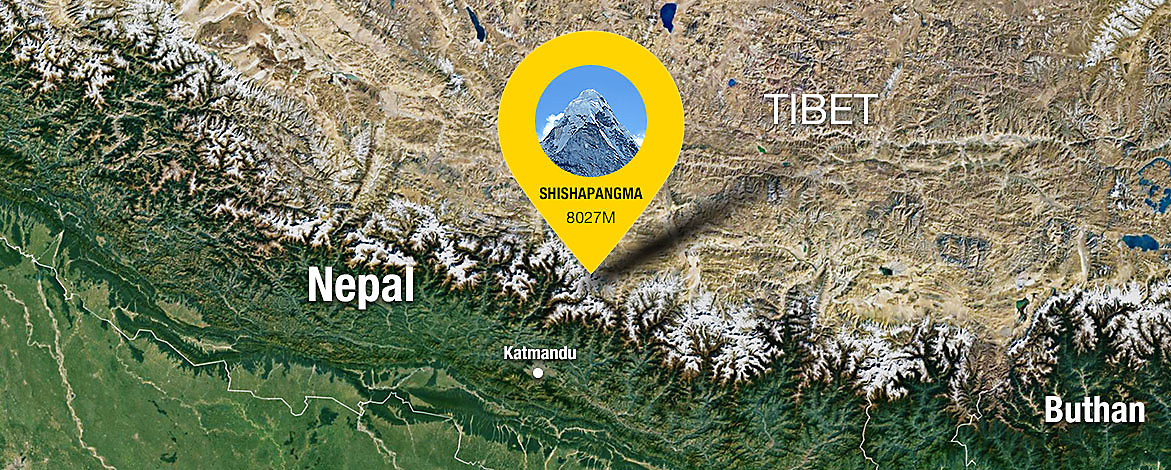
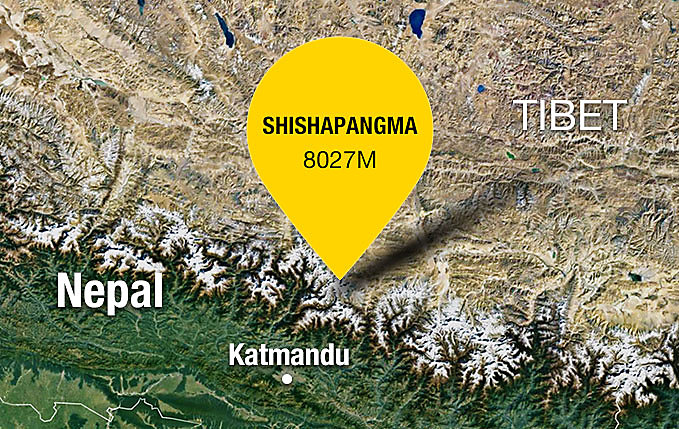
Also known as Gosainthān, Shishapangma is located in Tibet/China. It lies completely in Chinese territory, just 5km from the border with Nepal. The mountain is one of the so-called eight-thousanders, those peaks that tower at more than 8000m (26247ft) above sea level. They all are located in Asia, across the Himalaya and the Karakorum: Mount Everest is the highest with 8848m and is followed by K2 (8611m), Kangchenjunga (8586m), Lhotse (8516m), Makalu (8485m), Cho Oyu (8188m), Dhaulagiri I (8167m), Manaslu (8163m), Nanga Parbat (8126m), Annapurna I (8091m), Gasherbrum I (8080m), Broad Peak (8051m), Gasherbrum II (8035m) and of course Shishapangma (8027m).
DID YOU KNOW?
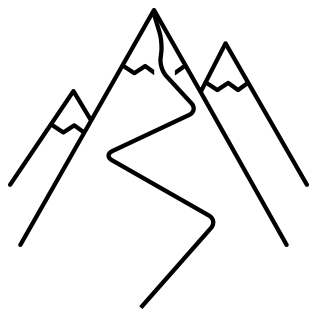
THE MOUNTAIN
Shishapangma towers at 8027m above sea level. It was first climbed in 1964 by a Chinese expedition via the Northern Route. In 1982 an English expedition completed the first ascent on the southern face. The last new route was established in 2002 and there are currently 8 routes on the south side of the mountain.
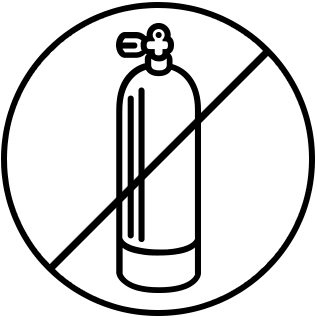
THE STYLE
The team will climb in alpine style, without bottled oxygen. While David is more experienced in climbing 8000 peaks, Hervé is more focused on first ascents of hard technical routes

THE DEATH ZONE
In mountaineering, The Death Zone refers to altitude above 8000m (26000ft), where human beings don’t have enough oxygen to breathe. “It feels like running as fast as Usain Bolt over an uphill route with a 45% slope, with a neoprene mask covering your nose and mouth.” (Hervé Barmasse)

THE CHALLENGE
While at sea level human beings can climb around 1000 vertical meters in one hour, at 7000m we barely manage to climb around 250m in the same amount of time. “It feels like running for 10km while dragging a sled loaded with the equivalent of your body’s weight.” (Hervé Barmasse)





